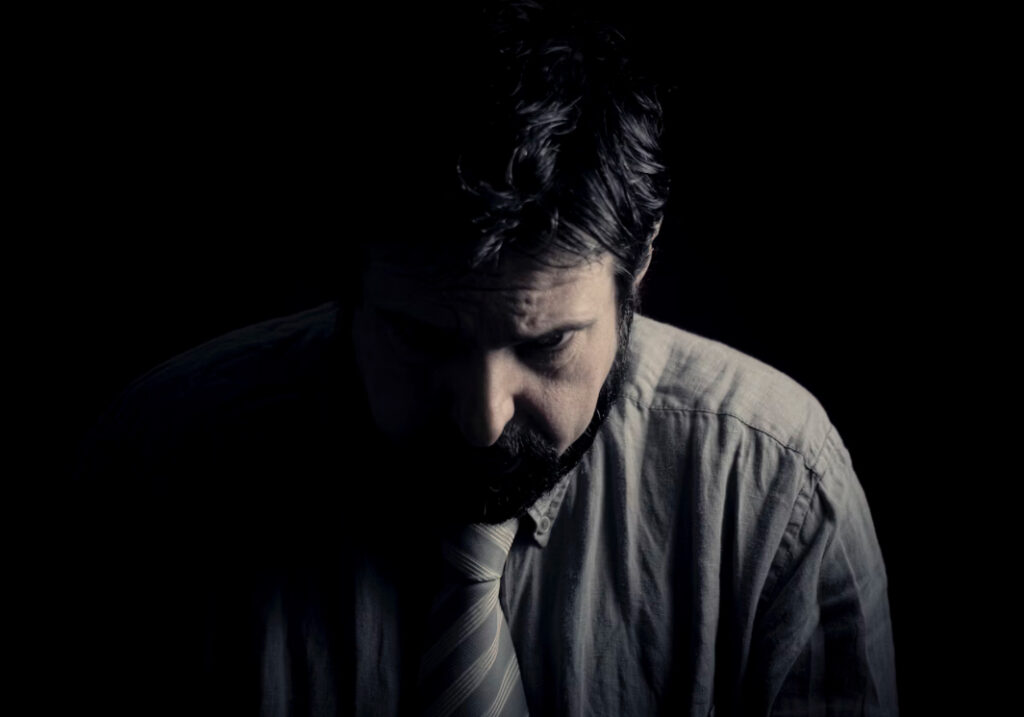When we think of church revitalization, it’s easy to think about things that need to change. Maybe it is time to toss out the old, hideous carpet. Maybe it is time to fix stained ceiling tiles. Maybe it is even time to consider a name change.
But some things shouldn’t change.
Your commitment to preach the Word comes to mind, as does faithfulness in things like prayer, evangelism, and disciple-making. I mean, you know these things.
But perhaps there’s something we overlook in church revitalization, and one of them is even in most of our names! I’m talking about baptism and the Lord’s Supper, the two ordinances of the church.
What are they?
The “Baptist Faith and Message 2000” states:
Christian baptism is the immersion of a believer in water in the name of the Father, the Son, and the Holy Spirit. It is an act of obedience symbolizing the believer’s faith in a crucified, buried, and risen Saviour, the believer’s death to sin, the burial of the old life, and the resurrection to walk in newness of life in Christ Jesus. It is a testimony to his faith in the final resurrection of the dead. Being a church ordinance, it is prerequisite to the privileges of church membership and to the Lord’s Supper.
The Lord’s Supper is a symbolic act of obedience whereby members of the church, through partaking of the bread and the fruit of the vine, memorialize the death of the Redeemer and anticipate His second coming.
Matthew 3:13-17; 26:26-30; 28:19-20; Mark 1:9-11; 14:22-26; Luke 3:21-22; 22:19-20; John 3:23; Acts 2:41-42; 8:35-39; 16:30-33; 20:7; Romans 6:3-5; 1 Corinthians 10:16,21; 11:23-29; Colossians 2:12.
What do they do?
Now, beyond the obvious “by immersion of a believer in water” and the bread and the cup, perhaps these two important facets of Christian worship have become an afterthought in your church. Maybe the baptistery hasn’t been used in a long time, or the Lord’s Supper has turned into more of a routine, like turning on the lights upon your arrival.
First, a replanted should find out how the church has observed these ordinances in the past. If it’s been a while since there’s been a baptism, consider asking some of the longer-tenured members what they remember about baptisms in the past. When I was baptized, First Baptist Grand Prairie would record each baptism and, after the service, give a certificate to those baptized.
Second, when it comes to the Lord’s Supper, perhaps you’re in a context where there are not enough deacons to pass out the elements. Or maybe you don’t have deacons at all. Ask around and see what the church used to do. I still remember as a kid watching the deacons in my church, who would meet early in the morning each quarter and “practice” passing out the trays around the pews.
What should be changed?
The answer might very well be “nothing.” Or, in your research, maybe you can offer some tweaks to make baptisms and the Lord’s Supper return to something special in your church.
Here are a few ideas:
- Toss the baptismal robes in favor of a T-shirt and shorts. If the budget allows, you could even consider having them custom printed with something like “I am new.”
- Record a few testimonies of some of the older members in your church, asking them to tell about when they baptized. Put it together, play it before your sermon, and perhaps even preach on baptism from inside the baptistery.
- On a Sunday you decide to highlight baptism, have index cards and pens on the pews and ask attendees to write the name of someone they know who needs Jesus. Have them bring the cards forward during your time of response and pray for each one.
In other words, to have baptisms, you need new Christians. This is a tangible way for them to have a part.
As for the Lord’s Supper, the ways you could emphasize it are myriad and would make this article far too long, but here are just a few ‘off-the-cuff’ ideas to get the juices flowing:
- Instead of passing out the elements, invite participants to come forward as families. Pray with each one, give them the elements, and so forth.
- Have a special evening of worship, perhaps around Good Friday/Easter, where you teach on the events of that night. If your congregation is small enough, you could even do this around a table, which would make it more intimate as you highlight the symbols and meaning of it all.
- Do it more often. You might get some pushback here, but consider moving from quarterly to monthly, or even to weekly. With a more robust understanding of what we’re remembering/celebrating, you might be surprised how much more impactful your worship services become.
In conclusion, you are eyeing many things to change amidst church revitalization. Some things, however, don’t necessarily need to change; they just need a renewed emphasis and focus. Let’s get back to the basics.
,
Published October 29, 2018



